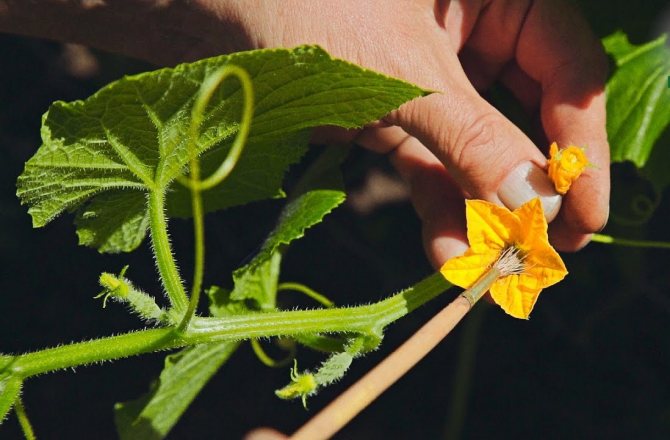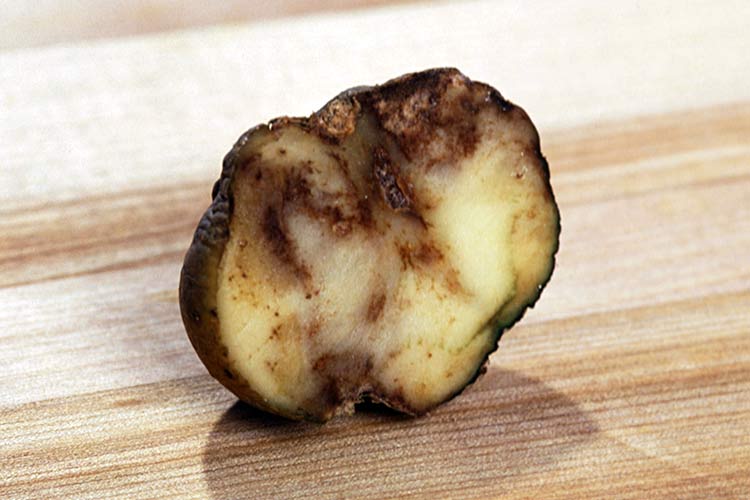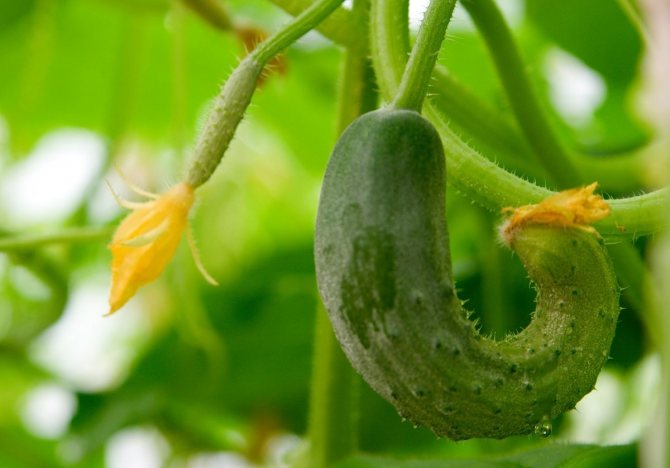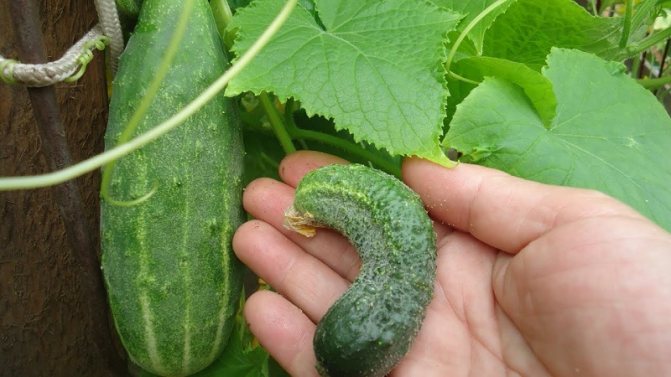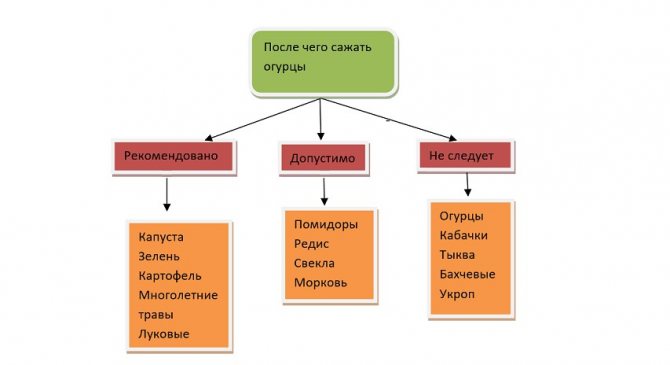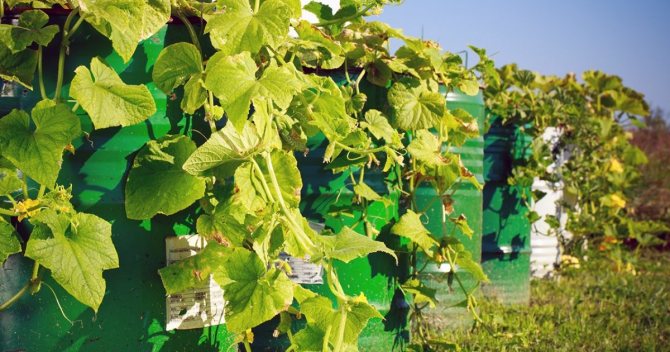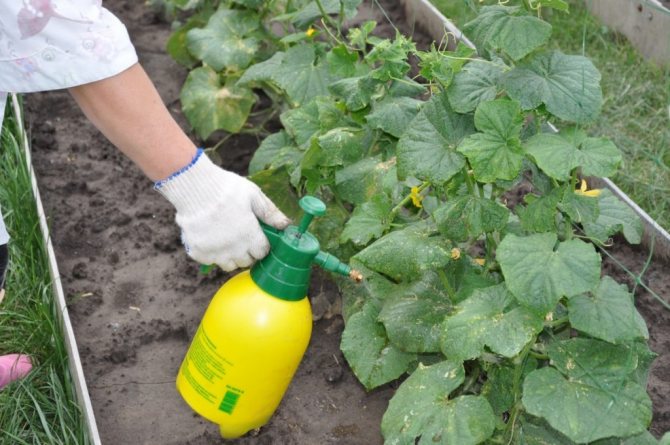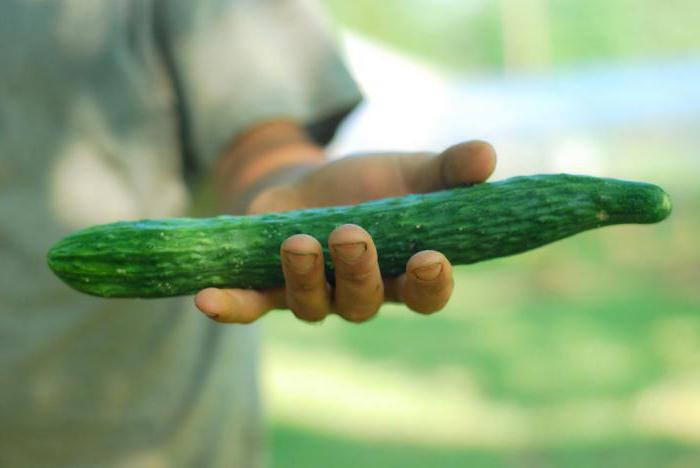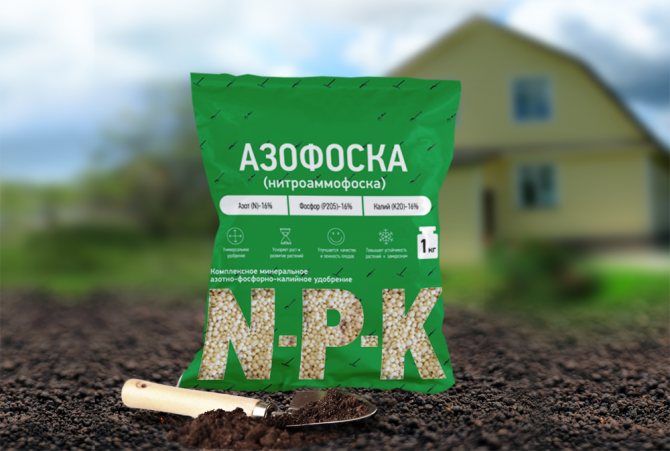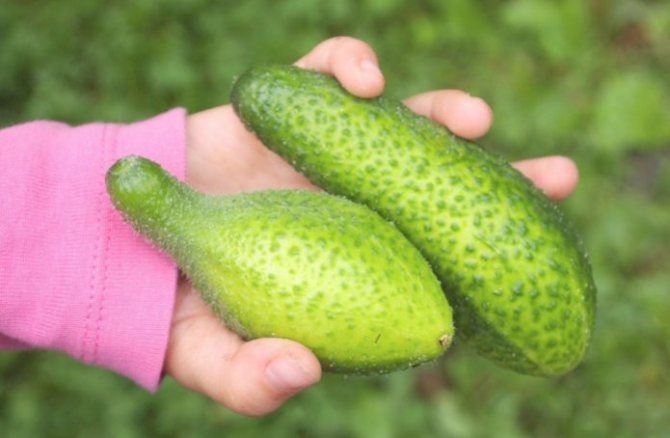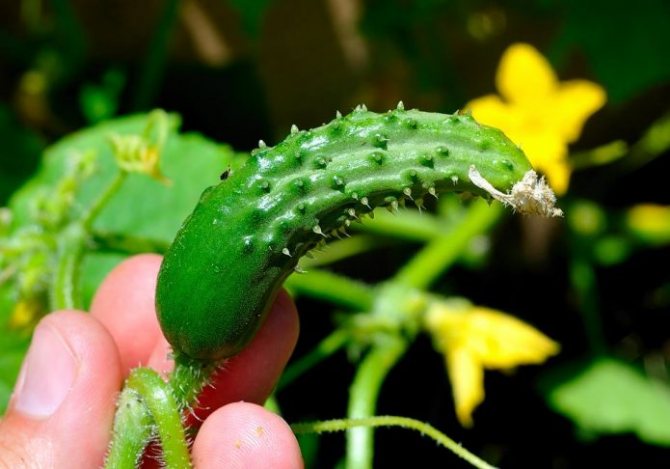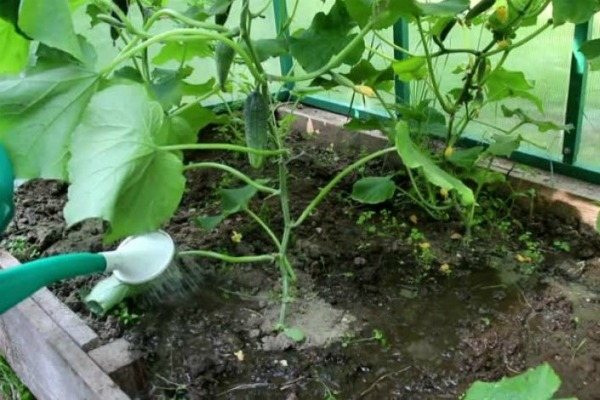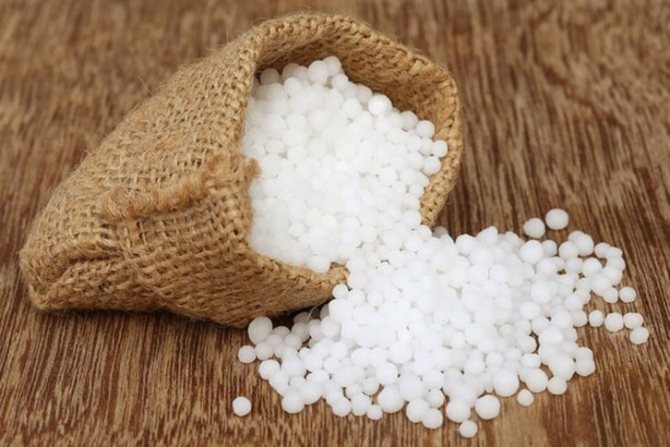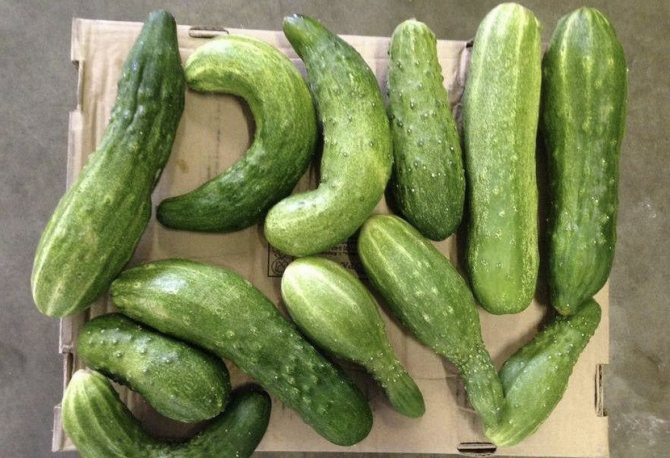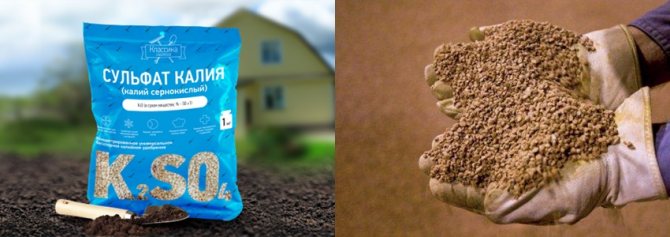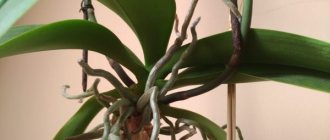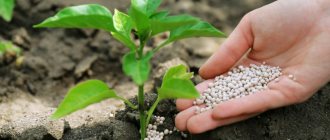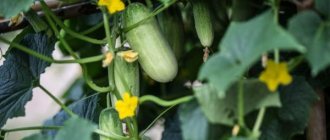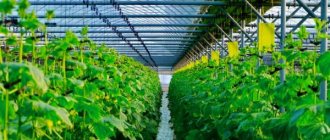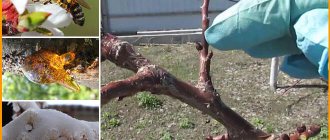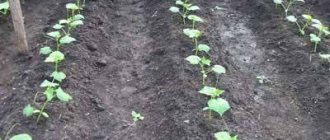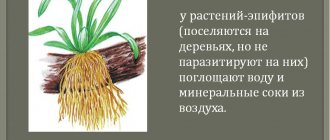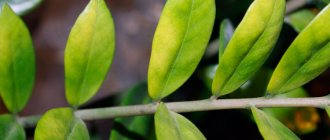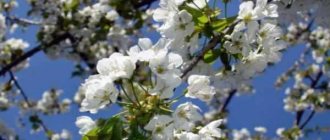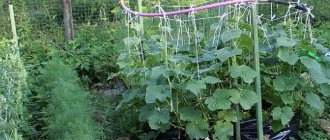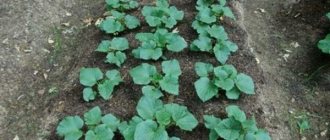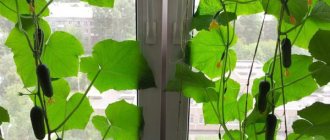During the cucumber harvest season, many summer residents complain that the fruits grow crooked or irregularly shaped. The aesthetic unattractiveness of the grown green plants reduces their market value, complicates transportation and processing. It is very difficult to roll up such fruits. They are suitable only for salads and salting in barrels. Let's try to figure out the reasons for the curvature and change in the shape of the cucumber, as well as in ways to eliminate them.
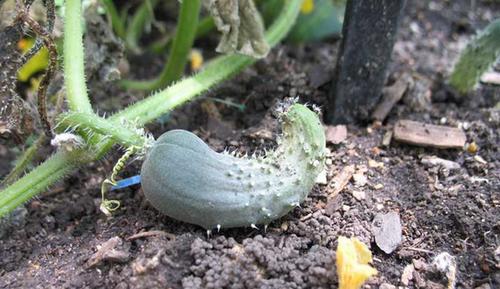
Causes of curvature of cucumbers in the greenhouse
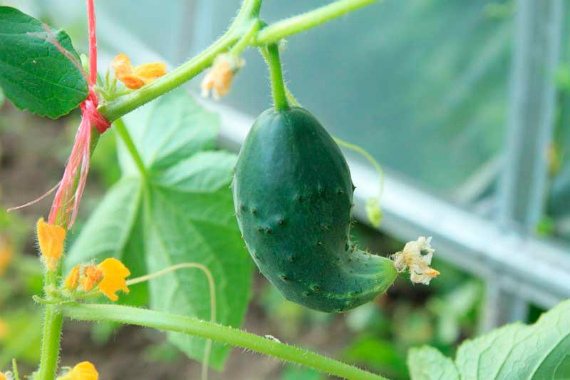

The experience of many generations of gardeners and the research of specialists have revealed the main reasons for the ugly shape of cucumbers. This usually leads to violations of the rules of agricultural technology and some mistakes in care.
Failure to comply with crop rotation
If you grow cucumbers in the same place for several years in a row, specific substances - colins - accumulate in the soil. It is they who affect the change in the size and shape of the fruit. Small hooked cucumbers are formed on the lashes.
To avoid this, it is necessary to plant crops in a certain sequence, selecting suitable predecessors with a different type of root system and not having diseases and the same pests in common with cucumbers. It is ideal to use green manure as a precursor for all crops.
On a note! Siderat plants (clover, lupine, vetch, rapeseed, alfalfa, phacelia and others) not only enrich the soil with useful substances, but also improve its structure. Young shoots of these crops are mowed and buried in the ground.
Watering errors
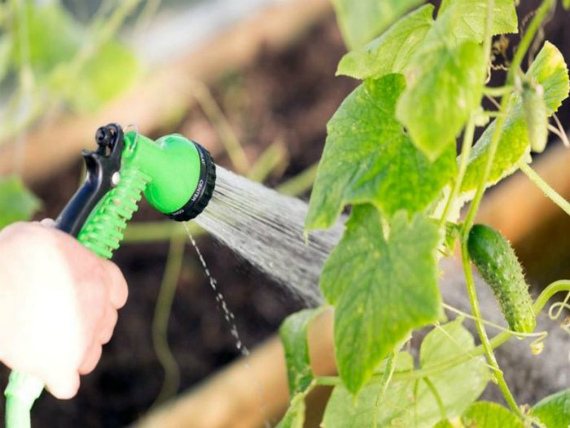

Everyone knows that cucumbers are 95% water, so moisture is of great importance to them. Crooked fruits will form if:
- watering cucumbers with cold water, this plant experiences considerable stress, as a result, a large number of barren flowers are formed on them, and the set fruits are bent;
- add too much moisture, in this case important trace elements are washed out of the soil, the cucumbers do not have enough nutrition, so you can not wait for even and beautiful fruits;
- watering is too sparse, it is the lack of water that most often leads to the hooked zelents, the amount of introduced moisture should be slightly reduced only during the flowering period.
It is necessary to adjust the frequency of watering taking into account the weather conditions, there can be no rigid schedule here. If in the heat you moisten the soil as usual, the cucumbers will experience a serious shortage of water.
Helpful advice! Summer residents who do not have the opportunity to often visit the dacha can be advised to mulch the beds with cucumbers with freshly cut grass. This technique will allow you to water the plantings 2 times less often. Gradually re-cooking, the grass will serve the plants as an additional natural feeding.
Temperature control and lighting
Cucumbers are very fond of warmth, a comfortable temperature for their growth - 20-26 ° C. At higher numbers, the fruits turn yellow and lose their firmness. If the temperature drops below 20 ° C, the cucumbers grow uneven, their shape often resembles a hook, or even stop growing altogether.
Poor lighting is another factor that causes the appearance of ugly fruits. Moreover, light may be in short supply not only for natural, but also for artificially created reasons.For example, due to non-compliance with the planting scheme, or improper formation of a bush.
Cucumber ovaries are formed on all layers of the plant. If the lash is darkened by neighboring plants or its own leaves, the fruit will not have enough light. As a result, the ovary falls off or is deformed. Cucumbers grow small and crooked.
Lack of fertilizer
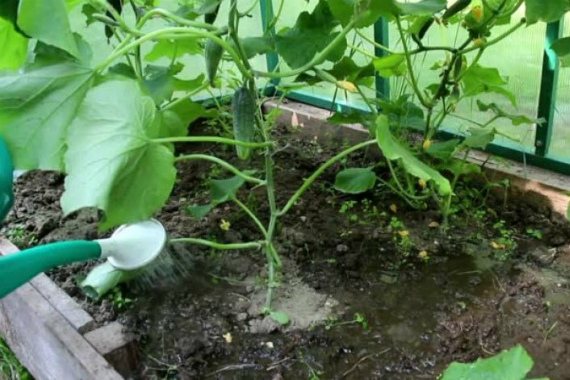

Deformation of the fruit in cucumber is often caused by a lack of potassium. This happens with irregular or unbalanced feeding or their complete absence. Excessive application of nitrogen fertilizers in the early stages of crop growth can also affect.
Growers use nitrogen to ensure good vegetative growth. If you overdo the dosage, the element will help leach potassium from the soil. If the cucumbers received a large dose of nitrogen and, at the same time, they do not have enough potassium and phosphorus, the ovary will not develop at all, but will simply fall off.
Incompatible varieties
Beginners often experiment and plant several different varieties of cucumber side by side, in the hope of choosing the perfect option for themselves for further cultivation. Not all summer residents know that it is impossible to plant cucumbers with different types of pollination in the same garden.
It is necessary to choose either self-pollinated or exclusively bee-pollinated varieties. Violation of this rule will lead to the appearance of deformed greens due to crossing plants. It is still better to grow varieties in a greenhouse that do not require pollination, and plant cucumbers that are pollinated by insects in the open field.
Lack of pollination
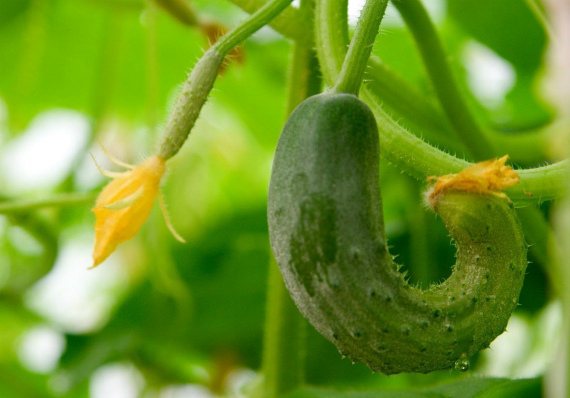

Under-pollination of cucumbers occurs in the greenhouse if a bee-pollinated variety was planted, but insects did not have the opportunity to enter the greenhouse. As a result, the cucumbers that appear not only have the shape of a hook, but are also uneven in color. At the stalk, they will have a rich green tint, and closer to the flower, the color will become completely light.
Irregular harvest
Untimely collection of zelents badly affects the quality of all fruits on the plant. Some of them overripe, become gigantic, yellow and tasteless, others lack nutrition, they stop growing and become deformed. This is due to the fact that the plant does not have time to redistribute nutrients evenly and larger fruits take up the bulk of the necessary microelements.
Read more in the article: Caring for cucumbers in the greenhouse from planting to harvest
Things to Remember
- Timely feeding... Throughout the season, it is necessary to alternate potash and nitrogen fertilizers.
- Temperature balance... Cucumbers do not like drafts and sudden temperature changes.
- Competent watering... The plantation is watered with exceptionally warm water, plus you need to monitor the level of soil moisture.
- Bad neighborhood... Do not plant bee-pollinated and autonomous hybrid plant varieties nearby.
- Violation of crop rotation... Cucumbers, melons and strawberries should not be planted in front of cucumbers.
Prevention measures
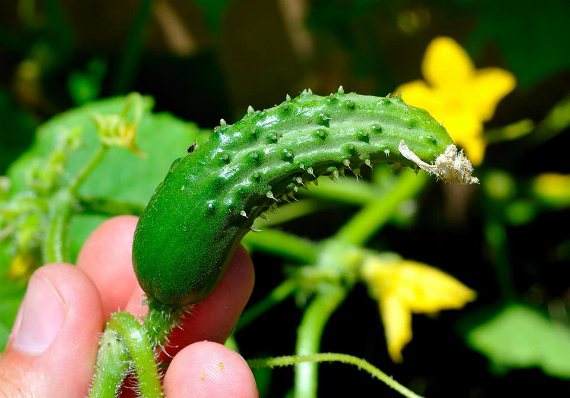

Prevention of crooked fruits should be started at the stage of variety selection. Preference should be given to parthenocarpic cucumbers, which do not require insect pollination for full set. In addition, some varieties are less prone to fruit curvature than others.
Smooth beautiful cucumbers are obtained by growing the following hybrids:
- Paratunka;
- Octopus;
- Othello;
- Twixie.
Do not try to get a harvest from early varieties at the end of summer, such cucumbers will definitely have a crooked shape, since they are no longer enough for the normal development of heat in August.
Correct agricultural technique:
- The minimum distance between cucumbers during planting should be 40-50 cm. During growth, plants should not block sunlight from each other.
- If you decide to grow parthenocarpic and bee-pollinated varieties in the same greenhouse, plant them at different ends of the building, or build a partition from a film.
- Early maturing white cabbage or peppers are well suited as precursors to cucumbers in greenhouses.
- During flowering and at the beginning of fruiting, nitrogen fertilizers should be excluded. A good help at this time will be the ash infusion, which enriches the soil with potassium and phosphorus. Prepare it from a liter can of ash and 10 liters of water, it takes 2-3 days to withstand the solution. The finished concentrate is used for irrigation, after being diluted with water in a ratio of 1:10.
- If the cucumbers have just begun to curl, apply foliar top dressing with potassium fertilizer, after which the vegetables will return to their normal shape.
- Tear off leaves on mature bushes if the planting scheme has not been followed. With a very close neighborhood, you will have to remove individual specimens from the garden in order to thin out.
- Adjust the temperature in the greenhouse so that the temperature is in the range from 20 ° C to 26 ° C at all times. In cold weather, this can be achieved by applying additional heating; in the heat, you should keep the windows and doors of the greenhouse open, water the structure and paths inside with water. You can also coat the walls and roof with chalk mortar during the heat.
- Water for irrigation must be pre-defended and warmed up. To do this, you need to pour it into barrels located in the sun. It is very good to use rainwater. In a hot period, watering of fruiting plants should be carried out twice a day.
- If bee-pollinated and parthenocarpic varieties are planted in your greenhouse at once, block the insects from access to cucumbers and pollinate the plants artificially if necessary.
Fulfillment of all the listed activities will allow you to get even beautiful cucumbers of the same shape, which are not ashamed to be served at the table and can be rolled up in jars.
Violation of the balance of trace elements
| Potassium starvation Symptoms:
To restore balance, use:
|
| Nitrogen starvation Symptoms:
Restoring nitrogen balance:
|
| Periodicity
|
Gardening tips
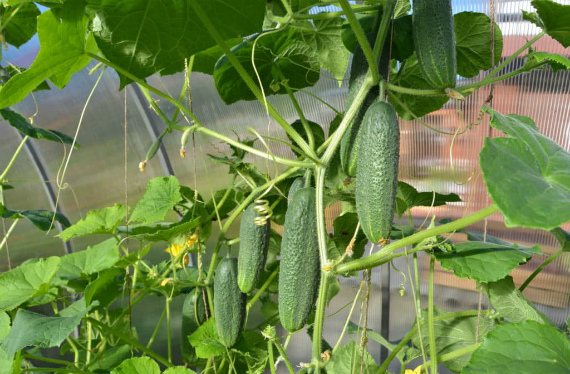

Every summer resident would like to grow exceptionally tasty and beautiful cucumbers. To make your dream come true in practice, listen to our tips for growing a green vegetable:
- Take your time picking cucumber seeds in the store when looking at a bright, enticing picture. Compare how the variety is suitable for growing in your region, and whether you can provide it with the conditions for full development. All the information you need is contained on the back of the package.
- When planting cucumbers with seeds, put 2 seeds in the hole at once. In the future, the weaker plant must be pulled out, leaving only a strong seedling.
- If the cucumbers are watered irregularly, they will not only become crooked, but also acquire a bitter taste. Keep the ground moderately moist at all times. Watering is more correct not at the root, but in the aisles.
- Useful substances with foliar feeding are better absorbed if the procedure is carried out after 18 hours, when the air becomes slightly cooler.
- If, after planting seedlings, the weather forecast promises to drop the temperature to 2-3 ° C, and there is no way to arrange heating in the greenhouse, install arcs on the garden bed and cover with two layers of film or spunbond. A temporary greenhouse will help save plants from death.
- When feeding, it is better to alternate organic and mineral fertilizers. From organic matter, rotted manure and compost are used. Mineral fertilizers can be purchased in the form of ready-made complexes (BioMaster, Agricola, Giant and others). Root dressings, in turn, alternate with foliar.
- For single-stem varieties and hybrids with a weak formation of lateral shoots, pinching is not needed, the rest of the bushes must be formed.
- In greenhouse conditions, humidity is high, therefore the risk of fungal diseases increases. It is imperative to disinfect the greenhouse and seeds before planting, and spray the newly planted seedlings with 1% Bordeaux liquid. To prevent the invasion of pests, dust the plantings with wood ash.
- When harvesting, pluck the fruits carefully, trying to less injure the stems, otherwise the risk of infection penetrating into the plant tissue increases. It is easiest to cut the stem with a small knife or scissors.
Why do cucumbers curl
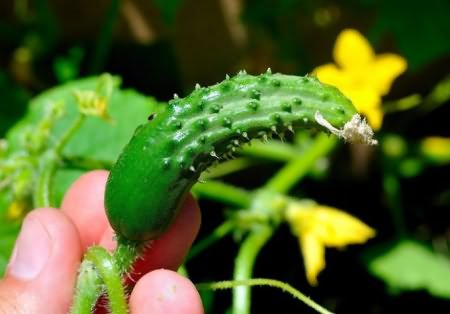

Similar articles
The variety is good.
To get rid of them and preserve the plant and crop, it is necessary to choose the right pest control agent. But do not forget - after processing the plant with one or another drug, all grown fruits must be removed and discarded. It is extremely unsafe to eat cucumbers that have been exposed to drops of insect pest control agents.
When warming comes to replace a long cold snap, greenhouse cucumbers need ammonium nitrate. They feed the cucumbers by embedding fertilizers in the furrows, after which they are watered. During low temperatures, the plant is supported by foliar dressing.
It is important that the soil of the cucumbers is always moist, but in no case turn it into slush. Water for irrigation should be settled and heated in the sun. In the heat, watering should be daily, in the evening, followed by gentle loosening of the soil. If cold weather is outlined at night, then watering should be done in the morning.
Why are cucumbers in the garden now twisted into a "ram's horn"?
Alexander Lebed
There is not enough water. Watering should be done late in the evening. So less moisture will evaporate.ferstein? There are a lot of insect pests, as a result of which cucumbers turn yellow in the greenhouse. This is a sprout fly, a cucumber gnat, aphids, and a spider mite. All these insects or their larvae feed on leaves, stems and fruits of cucumbers, which inevitably leads to the drying up and death of the plant.
Ekaterina Soboleva
Over the summer, you need to properly feed cucumbers no more than 5 times. The first feeding is carried out at the beginning of flowering. The next four are during fruiting. Chicken droppings and mullein are used, but they can also be replaced with ready-made feeding.
faq
One of the main reasons why cucumbers turn yellow in a greenhouse is irregular watering and the use of cold water. If you want your cucumbers to grow healthy, water them properly.
Hedgehog
Appeared more than 6 thousand years ago, the cucumber is still one of the favorite crops of gardeners. This fruit not only tastes good, but also has a wide range of medicinal and dietary properties.Cucumbers are easily absorbed by the body, regulate the intestines and remove excess cholesterol. And thanks to the presence of potassium, they improve the functioning of the heart and kidneys.
Weather
If the ambient temperature is too high or very low, cucumbers immediately begin to react to this. As soon as the temperature drops, the cucumber leaves may curl and turn yellow. Twisting of the upper leaves is observed with sunburns.
When growing cucumbers in a greenhouse, pay attention to the fact that the leaves of the plant do not come into contact with the glass surfaces, because the glass very sharply takes on the ambient temperature and the vegetable crop gets burned. As a result, the leaf rolling process begins. In open field conditions, you should make sure that other plants are planted around the cucumber garden, which can slightly shade the cucumber crop.
How to properly feed cucumbers?
Cucumbers have weak roots that cannot penetrate deeper than 20 cm, so the plants are especially sensitive to the properties of the soil. Fertilize it with manure, rotted debris, straw, peat, or sawdust. Enrich the compost with nitrogen and apply fertilizer locally. Don't forget about mineral fertilizers.
Insects also negatively affect plants, so the leaves of cucumbers can turn yellow due to parasites. It is possible to cure such a lesion by spraying the pests with chemicals. However, the "chemical" fruits collected during this period will have to be thrown away. If a plant suddenly withers, it must be completely removed, and with it the infected soil from the hole where it grew.
Also, the leaves of the seedlings can curl from the excess of the sun, and therefore on hot days it must be shaded. In order not to cause curling and burning of the leaves.
A good complex of essential microelements is provided by urea and slurry, which are introduced into the aisles for even distribution between the plants or the bushes are poured individually.

